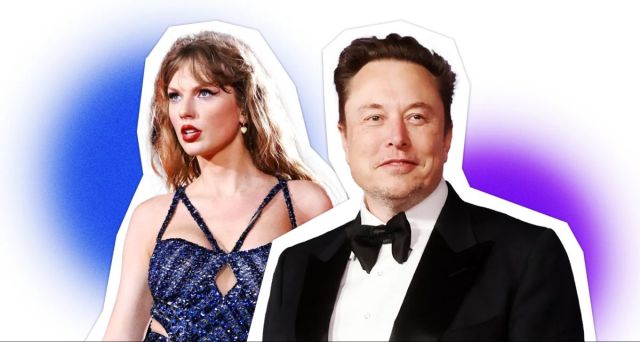Constitutional Q&A on the First Amendment and Your Right to Vote: From Political Apparel and Ballot Selfies to Elon Musk and Taylor Swift
CHARLOTTESVILLE, VA — With election day approaching, The Rutherford Institute has released a Constitutional Q&A on the First Amendment and the right to vote, especially as it relates to the right to wear political apparel and take ballot selfies at polling places.
Each state has its own laws regarding protocol for what First Amendment activities are permissible at polling places, which can differ significantly. Conceivably, just the act of wearing a MAGA hat, a Taylor Swift t-shirt, or other apparel, which could be perceived by a poll worker as sending a political message related to candidates or issues on the ballot, could get one criminally charged or prevented from voting in some states. Additionally, some states have used concerns about vote-buying and paying people for registering—as Elon Musk has been accused of doing with his daily $1 million giveaways to registered voters in swing states—to justify prohibitions against photographing your own marked ballot or taking a “ballot selfie.” In 2016, even Justin Timberlake drew concerns from election officials for taking a selfie in a voting booth in Tennessee where it was illegal to do so. States also have various buffer zones which extend certain speech restrictions hundreds of feet beyond the doors of the polling place.
“These polling place laws can be so vague as to prohibit citizens from voting merely for wearing clothing with images of Martin Luther King Jr. or John Lennon that could be considered ‘relating to’ an item on the ballot” said constitutional attorney John W. Whitehead, president of The Rutherford Institute and author of Battlefield America: The War on the American People. “Yet political speech, especially speech critical of the government, is a constitutional virtue, not a harm. These bans on the passive act of displaying speech, political or otherwise, at a polling place should constitute a violation of the right to political free speech protected by the First Amendment.”
Free expression at polling places has been a contentious issue with controversies over “ballot selfies” and the wearing of political apparel to polling places, even apparel that does not explicitly reference candidates, ballot issues, or politics. For example, when Linda McMahon, the wife of then World Wrestling Entertainment chairman Vince McMahon, ran for the U.S. Senate, there were questions over whether voters in Connecticut could be turned away for wearing WWE merchandise. In Georgia, a man was ordered to remove his NRA hat while going to vote. In Texas, it is a crime for a person to merely wear apparel “relating to” a candidate, measure, or political party appearing on the ballot or to the conduct of the election while within a polling place or 100 feet of the outside doors.
In 1992, the Supreme Court upheld buffer zones around polling places as constitutional, and then in 2018 the Court declared that polling places are nonpublic forums where speech can be restricted based on certain political content. Earlier this year, the Court gave government officials the green light to obstruct citizens from voting at polling places based on wearing political apparel that might relate to an item on a ballot when the Court refused to hear the appeal of Jillian Ostrewich, who was prevented from voting in Texas while wearing a shirt that contained a union logo and the words “Houston Fire Fighters” because the ballot included a proposition concerning wages for Houston’s firefighters. In order to vote, Ostrewich had to turn her shirt inside-out. The Rutherford Institute’s Constitutional Q&A seeks to inform voters of such laws and their rights at the polls.
Constitutional Q&A: The First Amendment and Your Right to Vote
Article posted with permission from John Whitehead

